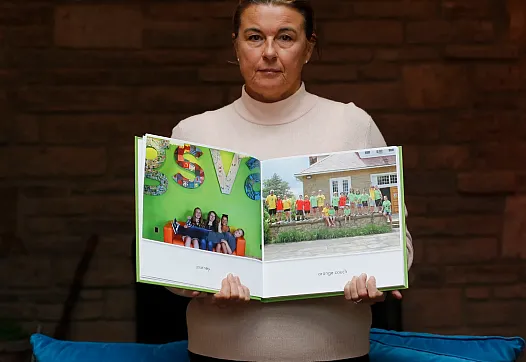
This popular body-enhancement surgery can turn deadly. For women of color, the risks are made worse by intense beauty pressures and long-standing stereotypes.

This popular body-enhancement surgery can turn deadly. For women of color, the risks are made worse by intense beauty pressures and long-standing stereotypes.
The Dispatch’s “Invisible Killer” investigation finds radon exposure widespread in Ohio, with low awareness, weak protections for kids and renters, inconsistent testing, and major gaps in screening and policy.

After The Dispatch exposed Ohio’s radon failures, demand for free test kits surged so sharply the state ran out, highlighting gaps in renter protections and lagging radon policy.

After a Dispatch investigation, Ohio health officials and the governor signal openness to expanding radon testing in schools, despite lawmakers previously rejecting funding and uneven protections statewide.

After exposing Ohio’s long-standing radon policy failures, The Dispatch reporters will answer reader questions in a live Reddit AMA about health risks and accountability.

Without reliable transportation, Detroiters in need of regular medical care struggle to get to hospitals, clinics or pharmacies.
An Ohio Dispatch investigation exposed widespread radon risks after testing homes, finding nearly 80% above EPA limits, driven by years of reporting, grants, and community-based testing.
Radon, the second-leading cause of lung cancer, affects an estimated 50% of Ohio homes. The state lacks testing mandates despite known health risks and widespread contamination across all 88 counties.
Research suggests fracking may increase radon exposure in nearby homes, yet Ohio lacks testing requirements. One attorney is advocating for radon testing stipulations in drilling contracts.

Annie Cacciato's stage 4 lung cancer diagnosis in Licking County — the nation's radon epicenter — sparked a crusade for awareness and policy reform, resulting in Ohio's radon awareness month legislation.